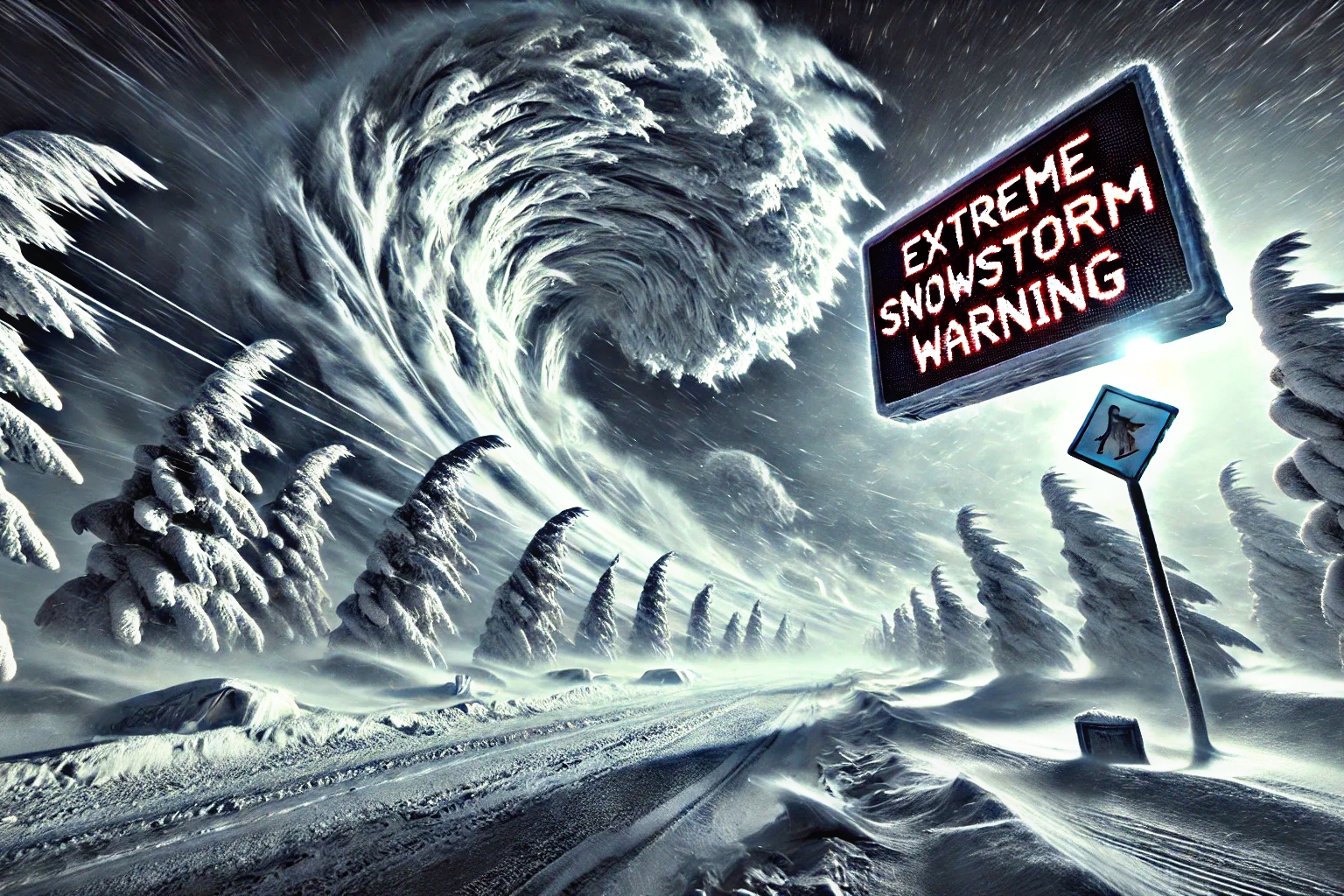Winter, with its pristine white landscapes and chilly air, often brings the charm of snowfall. However, with this beauty comes a potential threat in the form of snow storms. When a snow storm warning is issued, it’s not merely a routine weather update—it’s a critical alert signaling that severe conditions are imminent or already occurring. This article explores everything you need to know about a snow storm warning, including what it means, how to prepare, and how to stay safe during such events.
What Is a Snow Storm Warning?
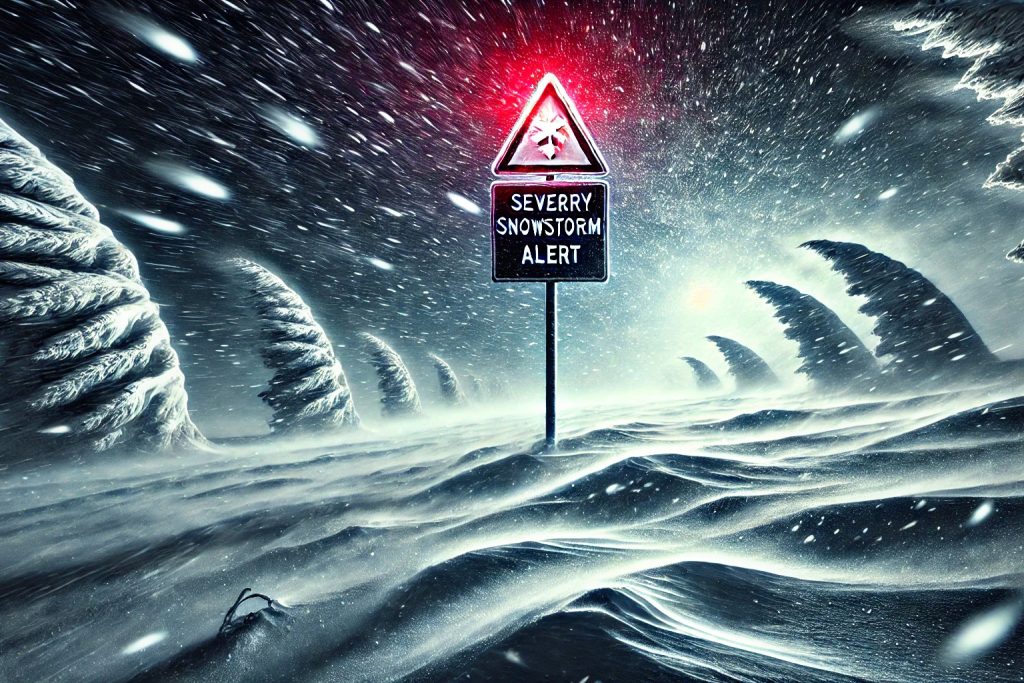
A snow storm warning is an official notice issued by meteorological authorities, such as the National Weather Service (NWS), to alert the public about severe snowstorms expected to impact an area. It is a call for immediate action, warning of heavy snowfall combined with other hazardous conditions like strong winds, reduced visibility, and freezing temperatures.
This warning is distinct from general winter weather advisories or snow alerts. It signifies an elevated level of danger and typically applies to conditions expected within the next 12 to 36 hours. The goal of a snow storm warning is to ensure that individuals, families, and communities take the necessary steps to protect themselves.
Understanding Snow Storm Warnings: Key Components
A snow storm warning can vary depending on the severity and specific weather patterns. Here are the most common elements:
- Heavy Snowfall: Significant snow accumulation, often measured in inches or feet, is expected. This can paralyze transportation and infrastructure.
- Blowing and Drifting Snow: Strong winds can create snowdrifts, making roads impassable and reducing visibility to dangerous levels.
- Low Visibility: Snow combined with wind often reduces visibility, creating whiteout conditions that make travel hazardous.
- Extreme Cold: Subzero temperatures can accompany snow storms, increasing the risk of hypothermia and frostbite.
The Difference Between Snow Storm Alerts
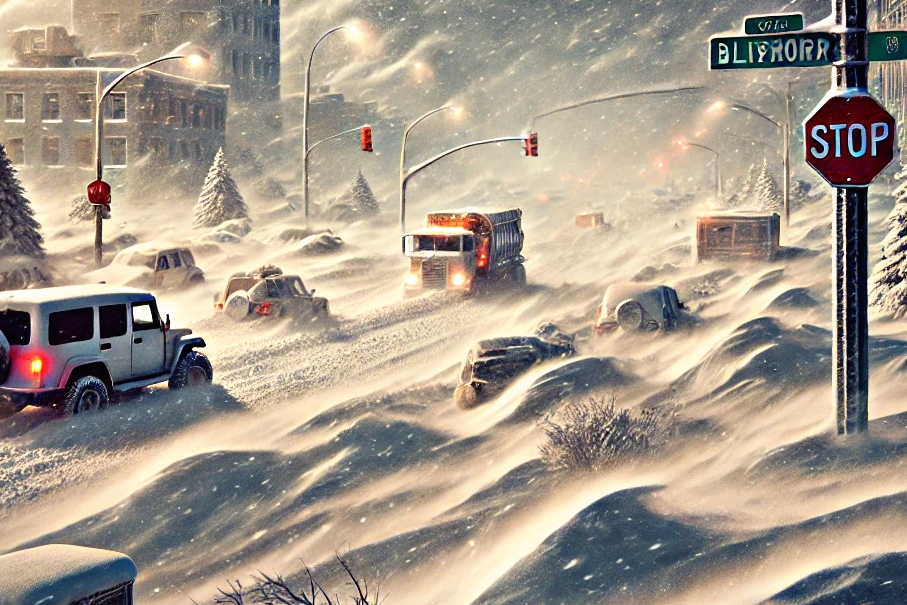
To fully understand the urgency of a snow storm warning, it’s essential to differentiate it from other types of alerts:
- Winter Weather Advisory: Issued for less severe winter weather that may still cause inconveniences.
- Snow Storm Watch: Indicates that a snowstorm is possible in the coming 48 hours, giving people time to prepare.
- Snow Storm Warning: Signals an imminent or ongoing snowstorm with severe conditions requiring immediate precautions.
Why Snow Storm Warnings Are Important
Ignoring a snow storm warning can lead to significant consequences, both for individuals and communities. These warnings are critical because they:
- Save Lives: Advance notice allows people to take shelter and avoid unnecessary travel.
- Prevent Accidents: By alerting drivers and travelers to hazardous conditions, warnings help reduce road accidents.
- Minimize Economic Impact: Preparing in advance can reduce the disruption to businesses and essential services.
- Protect Infrastructure: Authorities can mobilize resources like snowplows and salt trucks to mitigate the storm’s impact.
Preparing for a Snow Storm Warning
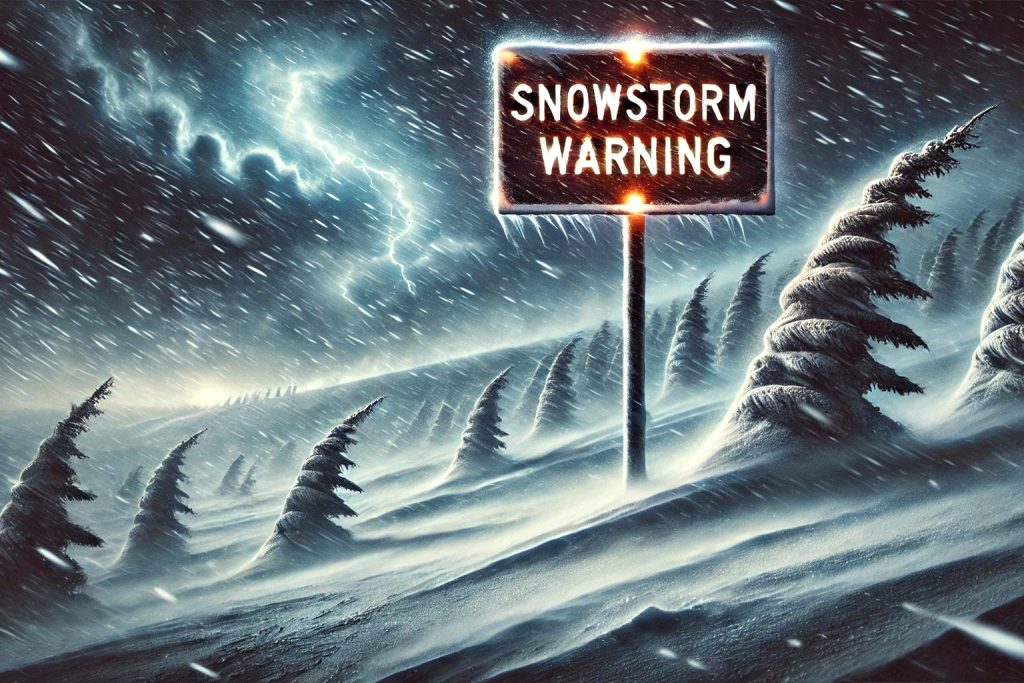
Once a snow storm warning is issued, it’s time to take immediate action. Proper preparation can make a significant difference in safety and comfort during a storm.
1. Stock Up on Essentials
- Food and Water: Ensure you have at least three days’ worth of non-perishable food and bottled water.
- Medications: Refill prescriptions and stock first-aid supplies.
2. Prepare Your Home
- Insulate Windows and Doors: Use weather stripping and insulation to retain heat.
- Protect Pipes: Let faucets drip to prevent freezing and bursting.
- Backup Heat Source: If possible, have a generator, wood stove, or propane heater ready in case of power outages.
3. Prepare Your Vehicle
- Keep your gas tank full.
- Equip your car with an emergency kit, including blankets, a flashlight, a shovel, and sand or cat litter for traction.
- Check your tires and ensure they are suitable for winter conditions.
4. Stay Informed
- Use weather apps, radios, or news channels to monitor the latest updates on the snow storm warning.
- Sign up for local emergency alerts if available.
What to Do During a Snow Storm Warning
When a snowstorm arrives, staying safe should be your top priority. Follow these guidelines to minimize risks:
1. Avoid Travel
Unless absolutely necessary, stay off the roads. If you must drive, do so with extreme caution and ensure your car is winter-ready.
2. Stay Warm Indoors
- Keep doors and windows closed to conserve heat.
- Wear layers of clothing, including hats and gloves, even indoors if heating is limited.
3. Conserve Power
Power outages are common during snowstorms. Use flashlights instead of candles to reduce fire risk, and conserve phone batteries for emergencies.
4. Check on Others
Elderly neighbors, people with disabilities, and those living alone may need assistance. Check on them to ensure they are safe and warm.
5. Monitor Weather Updates
Conditions can change rapidly during a snowstorm. Continue monitoring updates to stay informed about the storm’s progress and any additional warnings.
Risks Associated with Ignoring a Snow Storm Warning
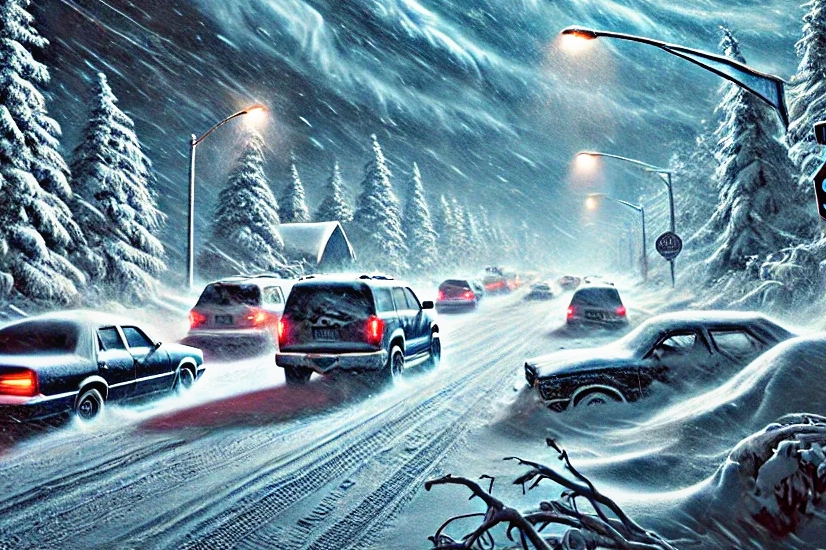
Disregarding a snow storm warning can lead to dire consequences:
- Travel Accidents: Snow-covered roads and poor visibility increase the likelihood of vehicle accidents.
- Stranded Travelers: Those caught in whiteout conditions may become stranded, risking frostbite or hypothermia.
- Power Outages: Heavy snow and ice can damage power lines, leaving homes without heat or electricity for extended periods.
- Health Emergencies: Frostbite, hypothermia, and overexertion while shoveling snow are common risks during snowstorms.
Famous Snow Storms That Highlight the Importance of Warnings
Several historical snowstorms underscore the importance of heeding a snow storm warning:
- The Blizzard of 1978: This massive storm impacted the northeastern United States, with snowfall exceeding 27 inches in some areas.
- Snowstorm of 2010 (Snowmageddon): A historic storm blanketed the Mid-Atlantic with up to 30 inches of snow, disrupting transportation and utilities.
- Winter Storm Jonas (2016): This storm brought record-breaking snowfall and caused widespread power outages and travel disruptions.
The Role of Technology in Snow Storm Warnings
Modern technology has revolutionized the way snow storm warnings are issued and communicated:
- Weather Forecasting Models: Advanced models help meteorologists predict storms with greater accuracy.
- Mobile Alerts: Real-time alerts on smartphones ensure people are informed instantly.
- Social Media: Platforms like Twitter, Facebook, and Instagram provide quick updates and safety tips.
Recovery After a Snow Storm Warning
Once the snowstorm subsides, the focus shifts to recovery. Here’s how to handle the aftermath:
1. Clear Snow Safely
- Use a proper snow shovel to avoid injury.
- Take frequent breaks to prevent overexertion, especially for those with heart conditions.
2. Inspect Your Property
- Check roofs for snow buildup and clear it to avoid collapses.
- Look for frozen or burst pipes and repair them promptly.
3. Restock Supplies
Use the experience to identify gaps in your preparedness and restock your emergency kit for future storms.
Final Thoughts on Snow Storm Warnings
A snow storm warning is more than just a forecast; it’s a vital message aimed at saving lives and reducing harm. By understanding the implications, preparing adequately, and following safety guidelines, you can protect yourself, your loved ones, and your community during a snowstorm.
Snowstorms, while beautiful, are a reminder of nature’s power. Respecting a snow storm warning ensures you can safely weather the storm and emerge unscathed. The next time you see this alert, act decisively and stay safe.

